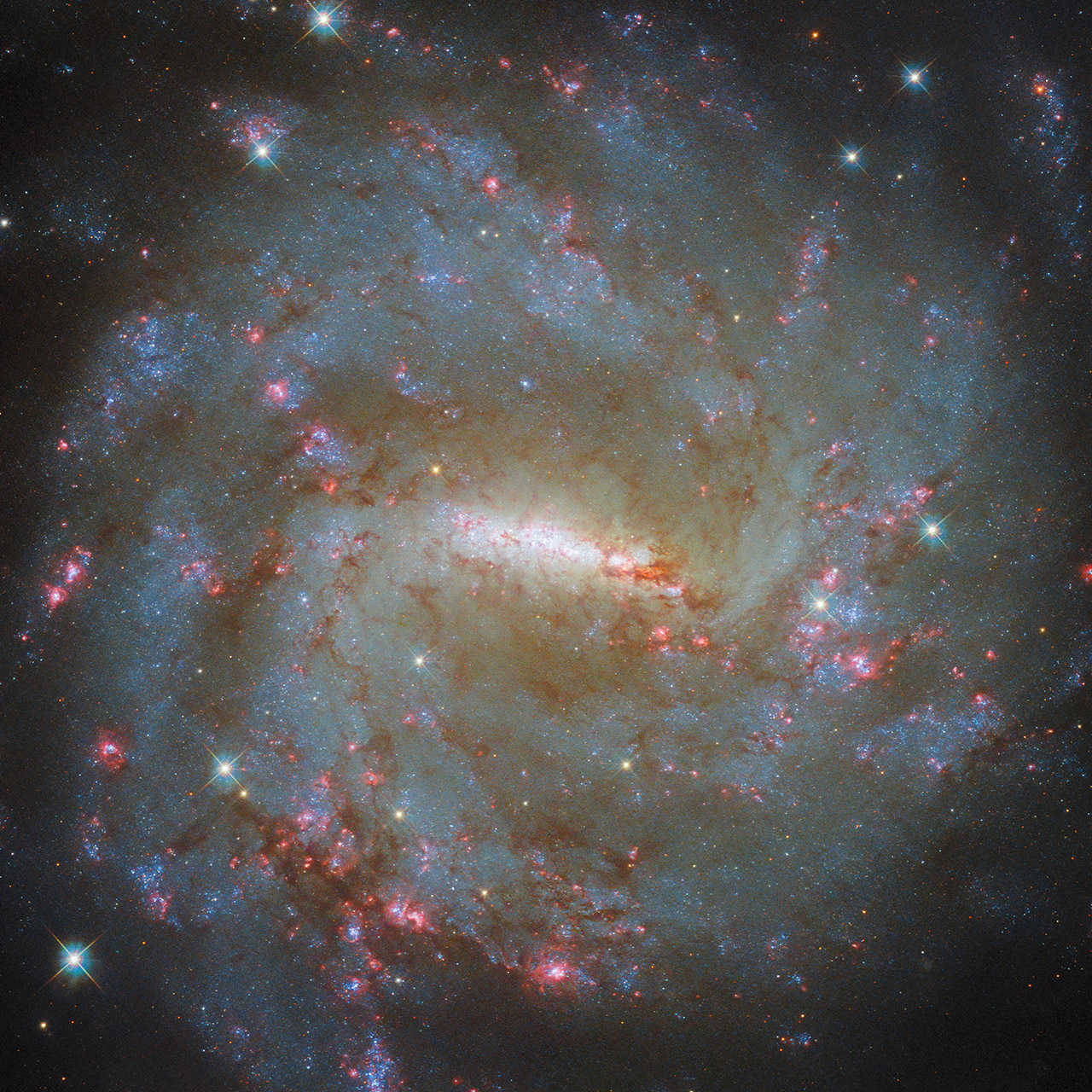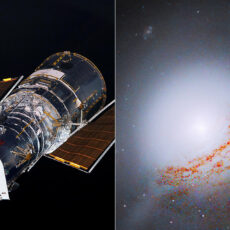
NASA / ESA’s Hubble Space Telescope observes barred spiral galaxy NGC 3059, located 57 million light-years from Earth in the constellation Carina. This galaxy was first spotted by English astronomer John Herschel on February 22, 1835.

In this face-on image of NGC 3059, we can see its multiple arms and glowing, bar-shaped core. The arms are filled with bluish patches of older stars, while pink patches show where new stars are forming, and the dark threads depict dust. Upon closer inspection, you can also see a few bright stars with cross-shaped diffraction spikes lie in the foreground.
- Iconic LEGO Collection - The LEGO Speed Champions collection is full of iconic toy car models, including the Pagani Utopia (76915) and Porsche 963...
- LEGO Ferrari Collectible - Features a LEGO Speed Champions collectible model car replica of the Ferrari 812 Competizione plus a driver minifigure with...
- Race Driver Minifigure - The set includes a LEGO race driver minifigure to be placed behind the wheel of the race car toy for superfast action on the...
Under particular conditions, hydrogen atoms are known to emit red light with wavelength value of 656.46 nanometres. Red light at this wavelength is known as H-alpha emission, or the ‘H-alpha line’. It is very useful to astronomers because its presence acts as an indicator of certain physical processes and conditions; it is often a tell-tale sign of new stars being formed, for example,” said the ESA.













